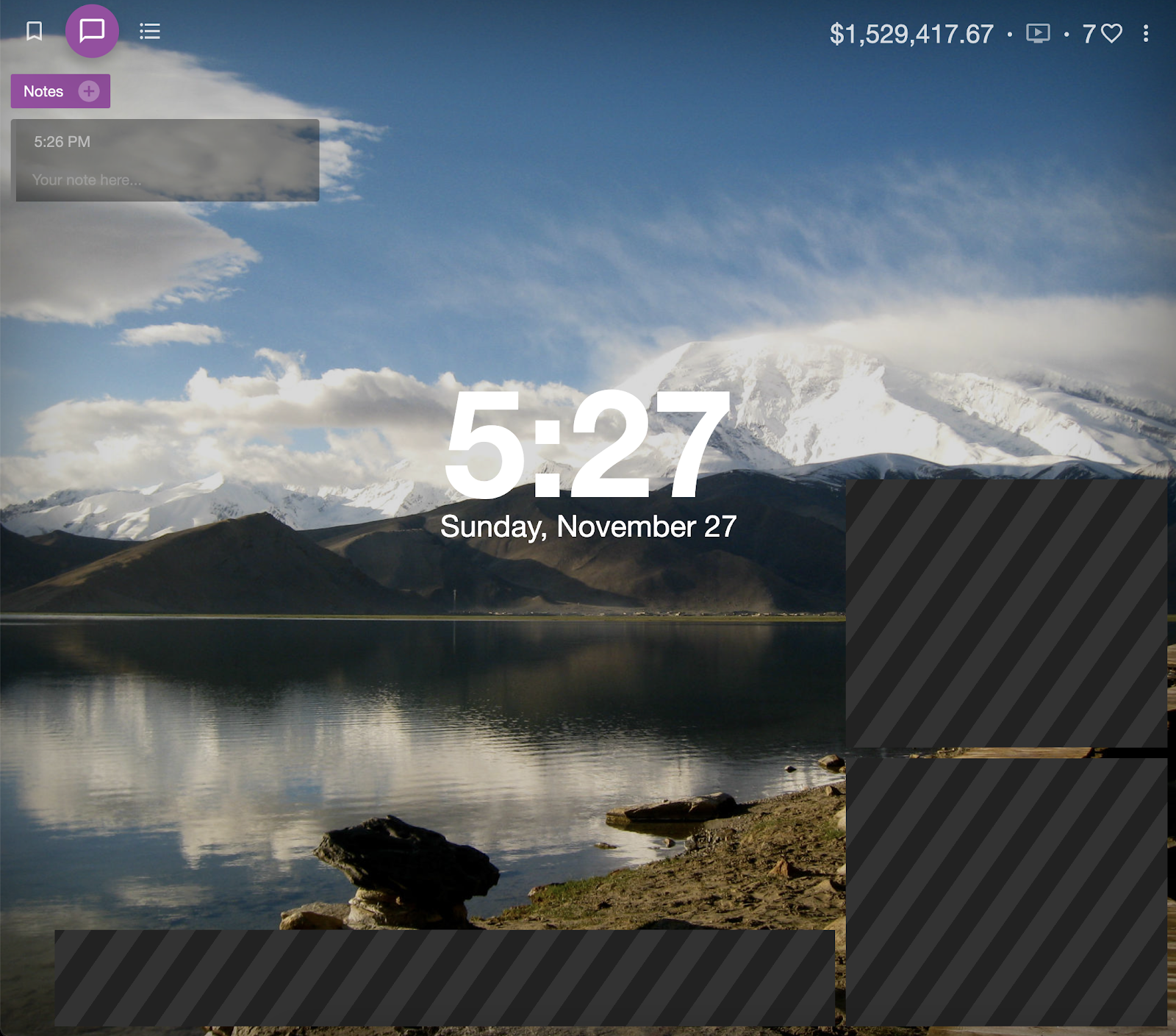Contributing to Raku
1. Make a fork 2. Clone rakudo repo 3. `perl Configure.pl --gen-moar --gen-nqp --backends=moar` ``` :~/sandbox/rakudo$ perl Configure.pl --gen-moar --gen-nqp --backends=moar Updating submodules .................................... OK ===ATTENTION=== No --prefix supplied, building and installing to /Users/epeacock/sandbox/rakudo/install fatal: No names found, cannot describe anything. No pre-existing installed file found at /Users/epeacock/sandbox/rakudo/install/bin/nqp-m Cloning from https://github.com/Raku/nqp.git Cloning into 'nqp'... remote: Enumerating objects: 96444, done. remote: Counting objects: 100% (3069/3069), done. remote: Compressing objects: 100% (1015/1015), done. remote: Total 96444 (delta 1954), reused 2887 (delta 1847), pack-reused 93375 Receiving objects: 100% (96444/96444), 151.79 MiB | 40.65 MiB/s, done. Resolving deltas: 100% (62584/62584), done. Note: switching to '2022.07-2-g4f4d4ef1f'. You are in 'detached HEAD' state. You can look ar...

